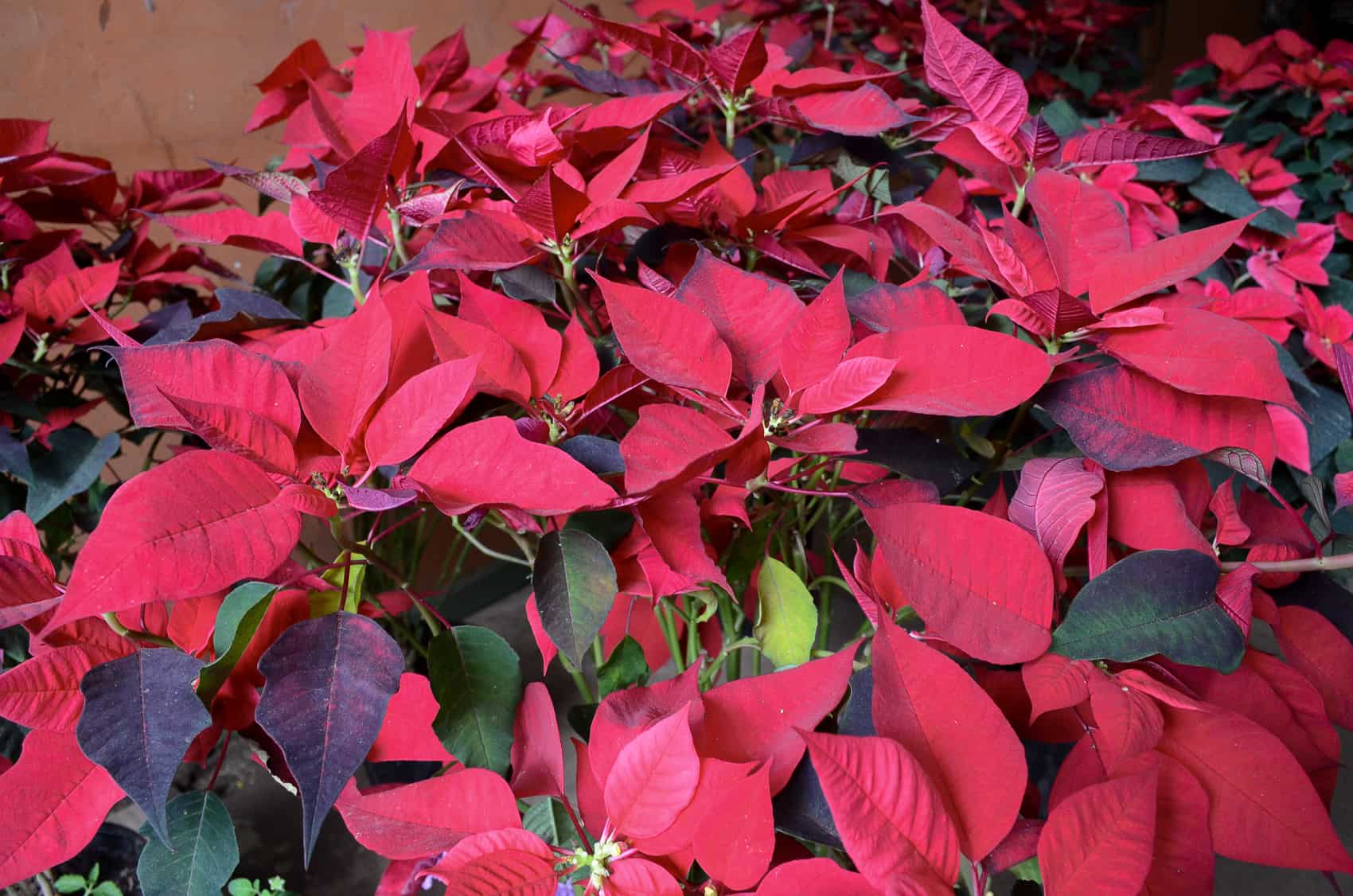Recommended: Squash that tastes like canteloupe? Welcome to the tropics
Most of us are familiar with poinsettia plants (Euphorbia pulcherrima). If you look closely, you can see that what many people think of as big red flowers are actually bright red leaves that surround a group of small yellow flowers. Poinsettias are native to Central America, but are now found around the world as a leading ornamental, particularly at Christmas. They are primarily grown as potted plants; however, tropical gardeners can plant poinsettias outside in the garden.
Nurseries offer different varieties of poinsettia as potted plants, or gardeners use stem cuttings about 10-15 centimeters long that are taken from mature plants to propagate new ones. These cuttings should be planted in sandy loam prepared potting soil in containers that are placed in a shady area and watered weekly to prevent them from drying out. When the cuttings begin to sprout new foliage, they can be moved into the sunlight. Later, when the plants are well-established, they can be transplanted to larger pots or planter boxes, or planted in the ground outside.
These plants flower best in full sunlight, in well-drained soil fortified with compost fertilizer. After a year of growth, trim the plants back after blooming to keep them compact. Small insects such as scales, mites and thrips may attack the foliage, but can be controlled with soapy solution sprays. Potted poinsettia plants need watering in the dry season, but hardy outdoor plants can be mulched during the dry season, so they need little or no water at this time.
When it comes to finding a gift this year for your neighbors, why not try a living poinsettia?
Read more of Ed Bernhardt’s monthly Home Gardening columns here.
For more information on tropical gardening – naturally – visit Ed at http://thenewdawncenter.info/blog.html or contact him at thenewdawncenter@yahoo.com.







